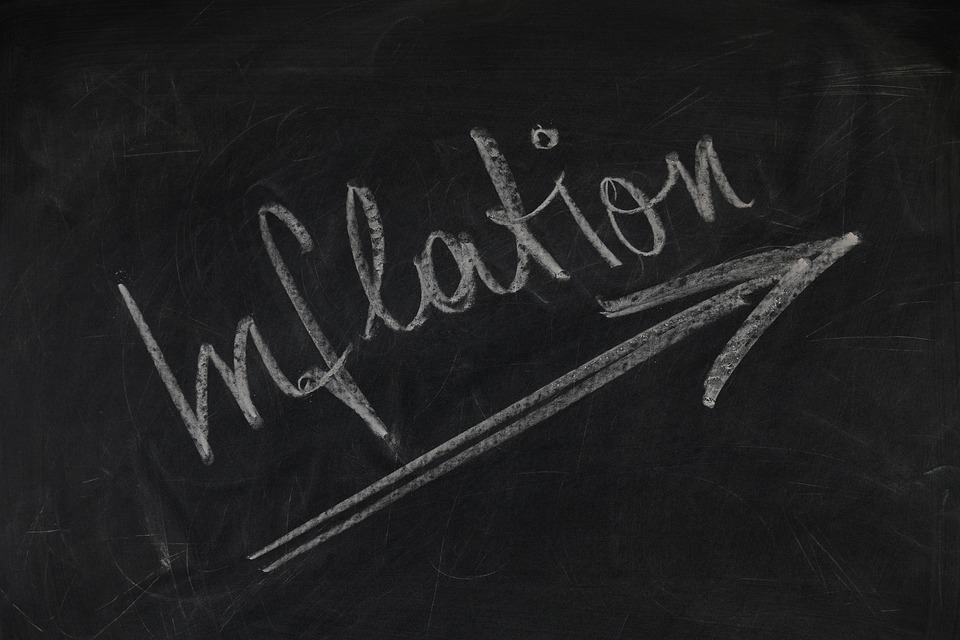A Disappointing Fed Inflation Forecast

Forecasts are generally judged on the basis of their accuracy. But when it comes to Fed forecasts of inflation, another criterion is appropriate; is the forecast consistent with the Fed’s announced policy goal?
The Fed’s new long-run forecasts for PCE inflation have been raised significantly since the previous set of forecasts, three months earlier. That’s not how a sound central bank operates. You don’t raise the inflation forecast, you adjust policy so that the average inflation rate over the 2020s remains at 2%. Here’s the data (and change from the previous forecast):
2020: 1.3%
2021: 5.3% (+1.1%)
2022: 2.6% (+0.4%)
2023 2.2% (+0.1%)
2024: 2.1% (unch.)
2025-29: 2.0% (unch.)
So the Fed has raised its average inflation forecast for 2020 from 2.2% to 2.36%. Why?
Yes, the Fed has a dual mandate, and thus a bit of leeway to adjust inflation. But nothing in the labor market has changed over the past three months that would justify a higher average inflation rate for the 2020s. Even worse, I suspect that inflation will end up being even higher than the Fed is currently forecasting. This is a very disappointing forecast.
Even if inflation comes in right at 2.36% for the 2020s, that outcome will not be consistent with the Fed’s announced 2% FAIT regime. If you are going to set a target, then why not try to hit the target? Why forecast failure?
PS. A few months ago the Fed thought 2.2% met the dual mandate. In that case, I wish that today the Fed had adopted a policy predicted to lead to PCE inflation of:
2020: 1.3%
2021: 5.3% (+1.1%)
2022: 2.4% (+0.2%)
2023 2.0% (-0.1%)
2024: 1.9% (-0.2%)
2025-29: 1.8% (-0.2%)
That would have left their inflation forecast for the 2020s unchanged at 2.2%, despite the recent surge in prices.
Yes, 2.36% is not a disaster; we’ve seen worse (the 1960s, 1970s, 1980s, 2010s, etc.) But why settle for anything short of optimal?
PS. Yes, inflation is a bad indicator. But NGDP growth in 2022 is also likely to be excessive.



